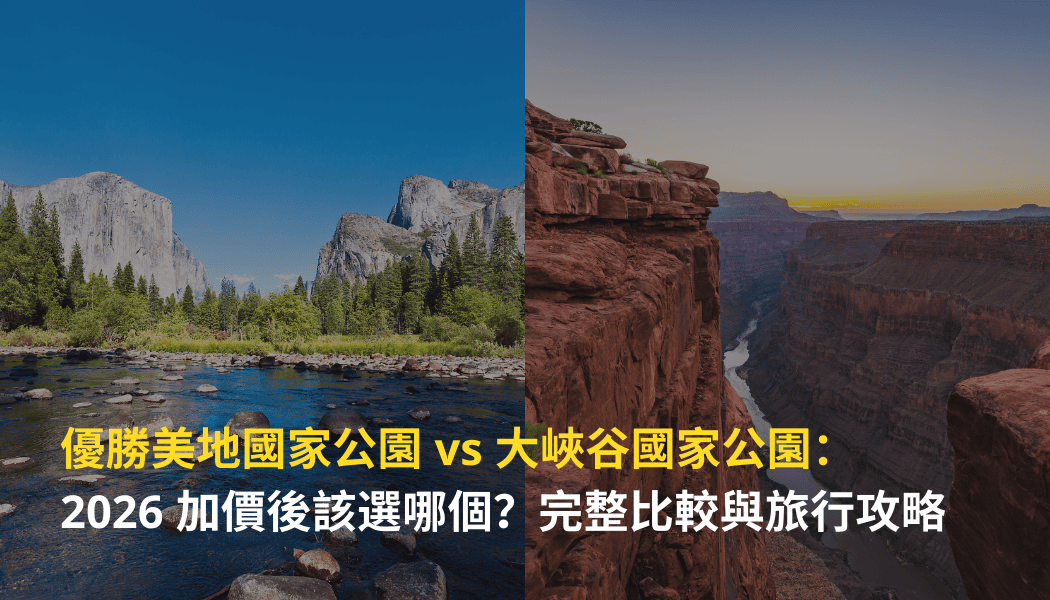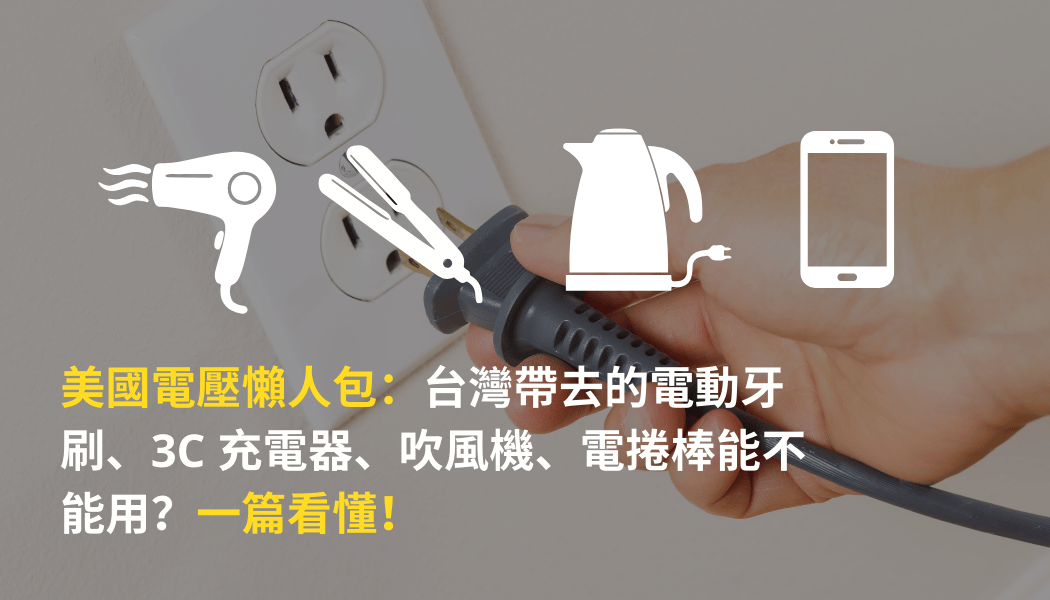
Highlight the finishing touches:
With the rising awareness of environmental protection and the rapid development of technology, Electric Vehicles (EVs) are becoming a new choice for many travelers or businessmen who want to rent a car and drive in the United States. In addition to the Tesla's self-driving feature that makes the road easier, you can also save money on gas and enjoy a quiet and smooth driving trip. Many electric car owners are used to Tesla's controls and driving modes, so they choose electric cars for their trips.
However, for first-time EV drivers, there may be more to know and more to change. In this article, we provide you with the knowledge and skills you need when renting an electric car in the U.S., from the brands of electric cars available from U.S. car rental companies, to charging planning, driving operations, personal safety, and more, so you can start an environmentally friendly and stylish U.S. driving journey with peace of mind.
What electric car brands are available for rental in the U.S.?
Renting an electric car is no longer an unattainable option in the United States. Major car rental companies have increased the availability of electric vehicles in recent years, and Sky Horse offers a wide range of Tesla models, so if you're thinking of renting an electric car, you may want to check out the Sky Horse website.Contact us directly via LINELearn more about our discount programs.
The most common EV brand is Tesla, especially the Model 3 (sedan) and Model Y (mid-size SUV), which are the first choice of many renters because of their high range and convenient refueling stations. Other brands such as Chevrolet, Nissan, Ford, Hyundai, and Kia have also launched their own EVs, and some of Taiwan's lesser-known EV brands, such as Polestar, BYD, and Rivian, may also appear in rental car companies' choices.
For a better understanding of the models and trim levels of rental cars in the United States, see:California Self-Driving Car Rental Tips
When booking an electric vehicle and choosing a model, in addition to theCar Rental TipsThere are a few additional points to note when introducing an agent:
- How to Calculate Charging Charges
- Is there a mileage limit
- Do I need to charge the battery when I return the car?
- What type of charging station equipment is required (not the same for every trolley)
Another important point to consider is whether the hotel or AirBnb you are staying at has charging facilities.
How to Charge an Electric Vehicle? Learn about major U.S. charging networks and planning tools
Since EVs are still a new product, charging stations are not as popular as gas stations. The most important thing to worry about when traveling with an electric vehicle is the situation of "no electricity to charge". Therefore, knowing the distribution of charging stations, reliable companies, and easy-to-use apps on the road can make your driving trip more stable and secure. The density and distribution of charging facilities in the United States is better on the East and West Coasts and in metropolitan areas, such as California, which is one of the states with the most charging stations in the United States.
Major Charging Station Systems in the U.S.

Search for Charging Station on Google Maps to find a nearby charging station. Note that Tesla's charging stations are for Tesla vehicles only, or you may need to prepare additional adapters. If you rent another brand of EV and go to a third-party charging station, the billing method and charging speed will be different at each station.
The following is a large chain of refueling stations:
- Tesla Supercharger: Fastest, but Tesla-only, high distribution density for long trips.
- EVgoThe company's main focus is on fast charging, and it supports a wide range of vehicle brands in California, Texas, New York and other locations.
- ChargePoint: One of the largest public charging station systems in the U.S., with support for app inquiries and payments.
- Electrify America: Fast charging system across North America, expanding rapidly and available to non-Tesla owners.
In addition to these large companies, there may be smaller stations in more remote towns, which usually have slower charging speeds and different usage and payment methods than the larger stations, so it's safer to have a certain level of English reading and comprehension.
Five Recommended Apps for Charge Planning
PlugShare (also available on the web)
Free electric vehicle charging map, support to show all major brands and plug types, provide real-time information, user reviews, environment photos, and whether someone is using it. Rated as the best EV map by netizens, it can be used with other charging station brands for further inquiry.
ChargePoint App
You can check the status of your own charging station. Ideal if you are traveling to and from business districts, parking lots, or hotels. The APP allows you to activate charging, check the real-time status of the charging station, reserve a parking space, and check the charging history.
Google Maps
The most popular navigation app used by most people, you can see the type of plug and charging speed of the filling station when searching.
A Better Route Planner (ABRP) (also available on the Web)
Free electric vehicle road trip planning tool designed for long distance driving. Users enter their starting point and destination, and the system plans the optimal charging route, suggested stops and duration of stay based on your vehicle model, customized range, temperature and road conditions.
Tesla App (Tesla Drive only)
In addition to controlling the vehicle and monitoring power, the official Tesla APP provides instant access to Supercharger locations, queuing status, charging rates and estimated times, and supports online payments. In addition, if you are driving a Tesla, the car navigation will also show you the charging station locations and navigate you directly to the charging station.
To avoid the anxiety of losing power in the middle of a trip, you can arrange a charging stop every 150 - 200 miles (240 - 320 km, 2.5 - 3.5 hours of driving), which not only helps to replenish power, but also allows the driver and passengers to take a break at the right time, improving the overall comfort and safety of the trip. This not only helps to replenish the battery, but also allows the driver and passengers to take a rest in time, enhancing the overall comfort and safety of the journey, especially in case of temporary power outages during long-distance travels or visits to remote national parks.
In addition, there is no standardized rate for electricity in the U.S. Prices vary depending on the location, charging speed, off-peak or peak hours, and the company that owns the station. It is recommended that if you are traveling a long distance, you can use the above tools to plan a rough route beforehand to ensure your safety and budget.
Differences in driving between electric vehicles, hybrid vehicles and gasoline vehicles and suggestions for selection
Choosing which vehicle to rent for a U.S. driving trip or business trip can greatly affect the travel experience, trip planning, and budget. The three most common types of vehicles available today are electric vehicles (EVs), hybrids, and traditional gasoline-powered vehicles. Each type has its own characteristics and is suitable for different situations and audiences. Although driving an EV is an environmentally friendly, special and technologically advanced experience, travelers should consider the route of their trip, their driving habits and overall planning.
The following comparison table shows the differences, advantages and disadvantages of the three types of vehicles:
First time driving an electric car, newbie must read!
If a traveler is driving an electric vehicle for the first time, he or she will notice the following differences:
- Faster acceleration, almost silentEVs have no engine speed or transmission, and accelerate instantly when you step on the gas, especially in the Tesla series. Be gentle and controlled when starting to avoid scaring passengers or misjudging the distance between cars and causing accidents.
- Regenerative braking systemWhen the accelerator is released, the car automatically decelerates and recharges itself, just like applying the brakes. This kind of "one-pedal driving" takes a bit of getting used to for novices, but it's much more energy-efficient once you're familiar with it.
- Instruments and operations are more technological and complex.: Most EVs don't have a traditional gearshift lever, but rather a touchscreen that integrates information and needs to be adapted to the logic of use. Tesla models even integrate most functions (wipers, window locks) into the center console.
- Automatic or assisted drivingEach electric vehicle may be equipped with a different automatic or assisted driving system, so it is advisable to know beforehand to avoid accidents on the highway due to miscalculations.
For those who are Tesla owners, these operations may be part of their daily routine, but for those who have never driven an electric car and are not familiar with the touch interface, they may feel a bit of pressure. Especially if it is your first time driving in the U.S., not only do you have to adapt to the driving characteristics of an electric car, but you also have to read road signs in English, judge the road conditions and navigate the routes at the same time, so you do need to put in more mental and psychological preparation.
Tesla's Fully Automated Driving vs. Automatically Assisted Driving
Tesla's driving systems are divided into Autopilot and Full Self-Driving (FSD).
Autopilot helps the vehicle to steer, accelerate and brake automatically in the lane, reducing the burden on the driver, with features such as emergency braking, collision warning and blind spot detection.
Fully Self-Driving (FSD) unlocks even more advanced driver assistance functions, including automatic parking, automatic lane changing, intelligent vehicle summoning, traffic sign recognition, and automatic driving assistance in urban areas. However, regardless of the type of driver assistance system, it requires the driver to be in control of the vehicle at all times and to take over control of the vehicle at all times.
🚧Warm reminder: Since Full Self-Driving (FSD) is not available in Taiwan, many people want to come to the U.S. to experience it, but the general car rental chains hardly provide FSD subscription services to renters.Sky Horse's Tesla is equipped with FSD on every unit, which is definitely a very trendy and interesting experience for travelers!
Charging spaces and parking rules for electric vehicles
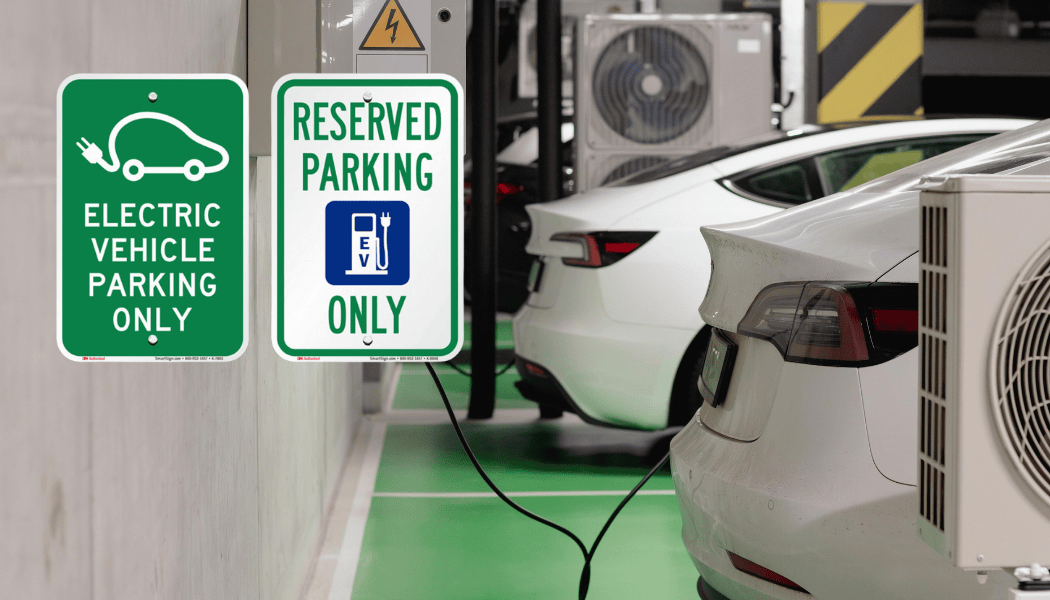
Most cities in the U.S. are becoming more and more supportive of electric vehicles, with public charging stations and dedicated parking spaces in shopping malls or hotels, often located closest to elevators or exits, which can be a huge advantage for travelers in some cases. However, it's important to note that there are some rules to follow when using these convenient facilities.
- Parking of electric vehicles under charging only: Occupying but not plugging in will be penalized, and the amount of violation can be as high as $100-$200 in different cities.
- time-limited parking: Some Level 2 charging stations may indicate a time limit, so please move the vehicle immediately after charging.
* Level 1~3 are the different speeds of powering up, with 1 being the slowest and 3 being the fastest, and Level 2 being the most common in public places, such as companies, hotels, and shopping malls. - Stand in line and respect other driversSome stations require queuing for entry and parking should be done properly in the parking space to avoid affecting other drivers who are refueling.
In addition, if you see EV Parking (Electric Vehicle Parking) in a hotel or other private area, it means that the area is designated for electric vehicles and supports electricity refueling, but it is still recommended to check whether you need to make a reservation or whether sufficient current support is available.
Special Attention! Recent Tesla vandalism and precautionary measures
Recent attacks on Tesla vehicles in the United States have been triggered by the political involvement of Tesla's CEO, Mr. Musk. As Tesla is a luxury car in the market, travelers should pay more attention to their personal safety.
First of all, be sure to check the car rental options ofRental Car InsuranceThe plan has sound and comprehensive coverage, such as whether the insurance program includes theft, and whether it covers damage to windows, tires, and so on.
- Extended Reading:Understanding Car Rental Insurance
When traveling in big cities, it is recommended to park in well-lit, manned and monitored parking lots, avoiding remote, dark corners or long stays in areas with poor security. Never leave anything in the car to minimize the chance of being targeted by criminals. If you rent a Tesla, enable the Tesla's Sentry Mode to record any unusual behavior outside the car.
Renting an electric vehicle while traveling in the U.S. can be a great way to save money or to get a refreshing change of pace, as well as an environmentally friendly way to get around. If you are well-prepared, familiar with the basics, and have a good charging plan, the average traveler will be able to navigate the city streets and mountain highways with ease. However, if you are nervous about driving an electric vehicle, are unfamiliar with American driving habits, and are not familiar with the English-speaking environment, you can still choose a regular gasoline or hybrid vehicle. If, after reading this information, you are still unsure and want to know more about the differences or if it's the right choice for your trip, you can go directly toThrough LINE Discuss with us!
